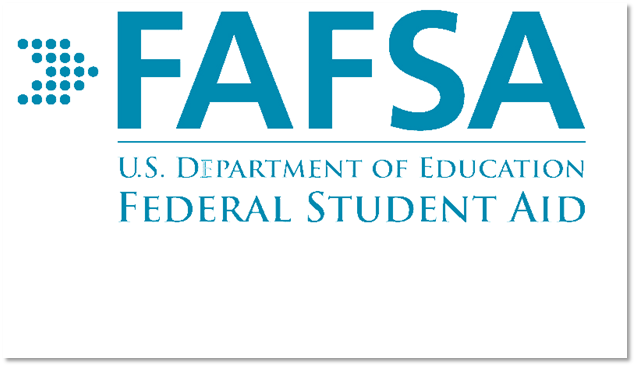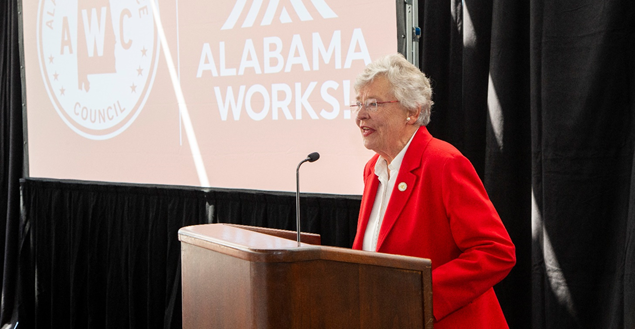Middle schools beefing up career and technical ed labs – By Shawna De La Rosa, Education Dive
In an effort to expose students to more career and technical education opportunities, more middle schools are fortifying their technical labs to include tools students will encounter in the workplace and exposing students to potential career options as the job field continues to change, according to The Hechinger Report.
Thanks to the 2018 passage of an updated Carl D. Perkins Career and Technical Education Improvement Act, school districts can spend federal money on career education and training programs at the middle school level, where states like Maine and Indiana are now requiring these opportunities be offered.
In some districts nationwide, 8th-graders now have the option of selecting a career cluster on which to focus. In those cases, it's important for middle-schoolers to have exposure to as many options as possible in order to make an informed choice.

Making the FAFSA Mandatory – By Andrew Kreighbaum, Inside Higher Ed
In a bid to boost the number of students receiving financial support for college, Texas will soon become the second state to require high school seniors to complete the Free Application for Federal Student Aid before graduating.
A handful of states have looked at making FAFSA completion mandatory for graduating high school students. Beginning with the 2020-21 academic year, Texas will provide a serious test case for the policy after big successes in Louisiana, which enacted the requirement last year.
Completing the form is a leading indicator of college enrollment. And there’s ample evidence that more financial aid is associated with outcomes like college completion. Actually achieving big gains in FAFSA completion, though, requires significant investment and outreach by schools and state officials.
During the past academic year, Louisiana saw FAFSA completions by high school students climb by more than 25 percent. College access groups say high school seniors leave millions of aid dollars on the table each year by not completing the form -- often because it’s too difficult or they don’t believe they’ll qualify for aid.

Ivey touts workforce development efforts – The News and Courier
Gov. Kay Ivey on Tuesday provided an update for Alabama’s workforce development efforts, according to a press release.
The governor, through her Strong Start, Strong Finish initiative, has made improving Alabama’s education system a top priority for the state. The initiative, announced in July 2017, focuses on three stages of education:
• Early childhood education;
• Computer science in middle school and high school; and
• Workforce preparedness.
This initiative lays the groundwork to support the education to workforce pipeline.
“In order to meet the current and future demands of business and industry, more must be done to develop a workforce development system that offers a seamless educational journey for individuals to enter in-demand career pathways at every stage of life,” Ivey said.
The governor has made it a priority of her administration to create workforce development programs for Alabamians across the state. To accomplish this goal, she recently established the Governor’s Office of Education and Workforce Transformation, or GOEWT.

Governor Kay Ivey
Breaking Down the FCC’s Latest Broadband Brouhaha – By Stephen NooNoo, EdSurge
Yesterday the Federal Communications Commission voted along party lines to auction off part of the wireless spectrum reserved for education. It provoked an outcry among education groups, who argued that the decision would reduce home internet access for students in rural areas—thereby widening the homework gap.
“For those who care about rural education, this is a big disappointment,” says Keith Krueger, CEO of the Consortium for School Networking, a nonprofit membership organization for school technology leaders.
Broadband policy is dense, and many of the articles and statements on the subject are frankly hard to follow.
The FCC voted to approve an order opening up unused licenses in the 2.5 GHz band of spectrum to an auction where commercial telecom carriers can bid. Previously this band was only available to education institutions—known as the Educational Broadband Service, or EBS for short.
Opponents of the measure say that it strikes a blow to rural broadband access, particularly for homes, and thus misses a crucial opportunity to help close the homework gap.












